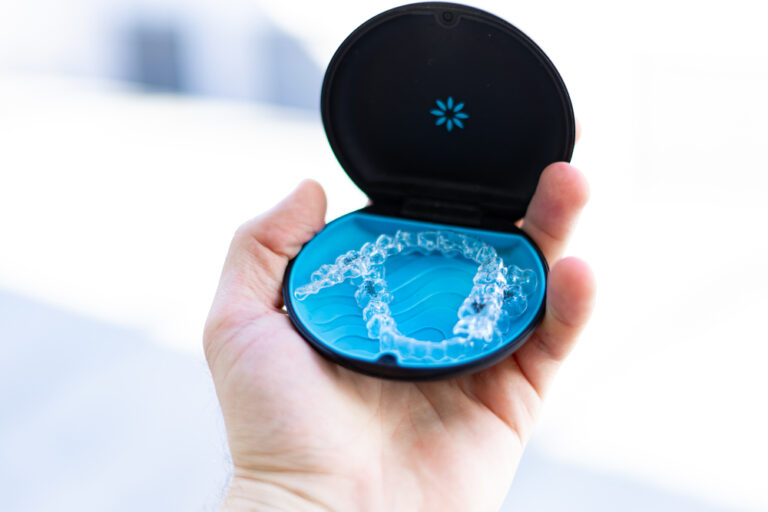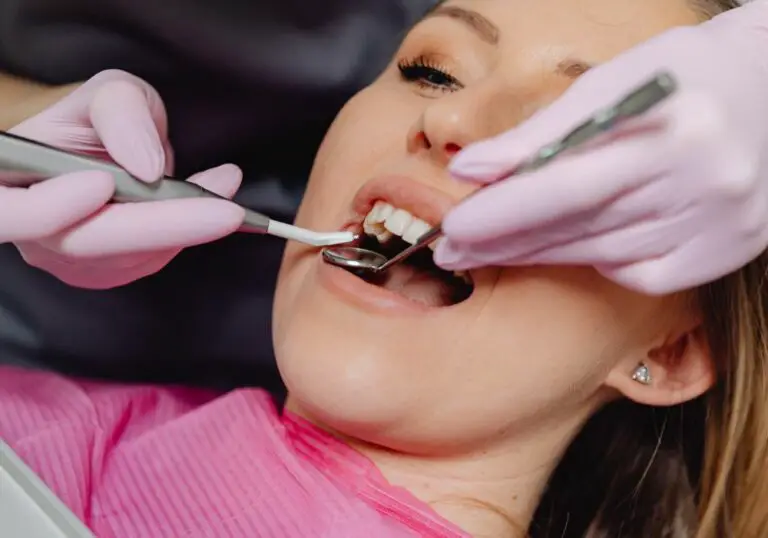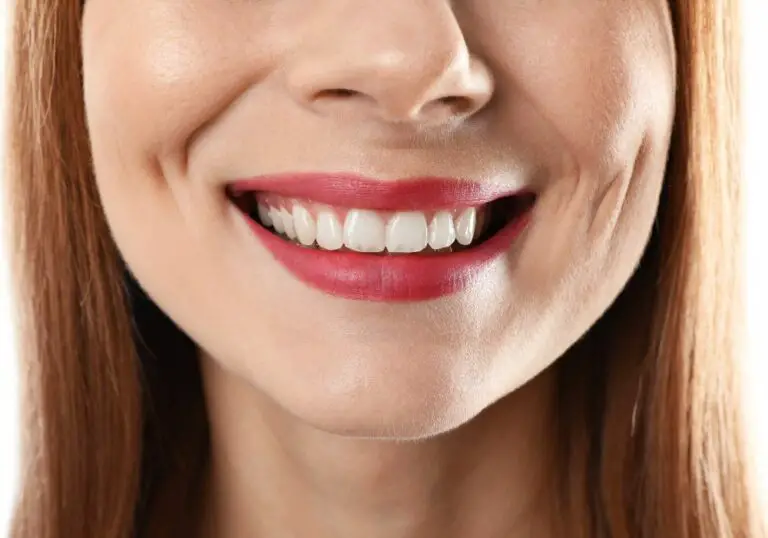If you’ve recently had your wisdom teeth removed, you’re likely wondering when you can start eating solid foods again. Eating soft foods is crucial during the first few days of recovery to prevent any damage to the extraction site and to promote healing. However, you may be eager to return to your regular diet as soon as possible. So, when can you stop eating soft food after wisdom teeth removal?
The answer to this question varies depending on the individual and the extent of the extraction. In general, most people can start incorporating solid foods back into their diet around five to seven days after the procedure. However, it’s important to listen to your body and follow your dentist’s or oral surgeon’s instructions. If you experience any discomfort or pain while eating, it’s best to stick to soft foods a little longer.
It’s also important to note that even after you can start eating solid foods again, you should still avoid hard, crunchy, or sticky foods for a few more weeks. These types of foods can still cause damage to the extraction site and slow down the healing process. So, while you may be excited to enjoy your favorite crunchy snacks again, it’s best to wait until your mouth has fully healed.
Understanding Wisdom Teeth Removal
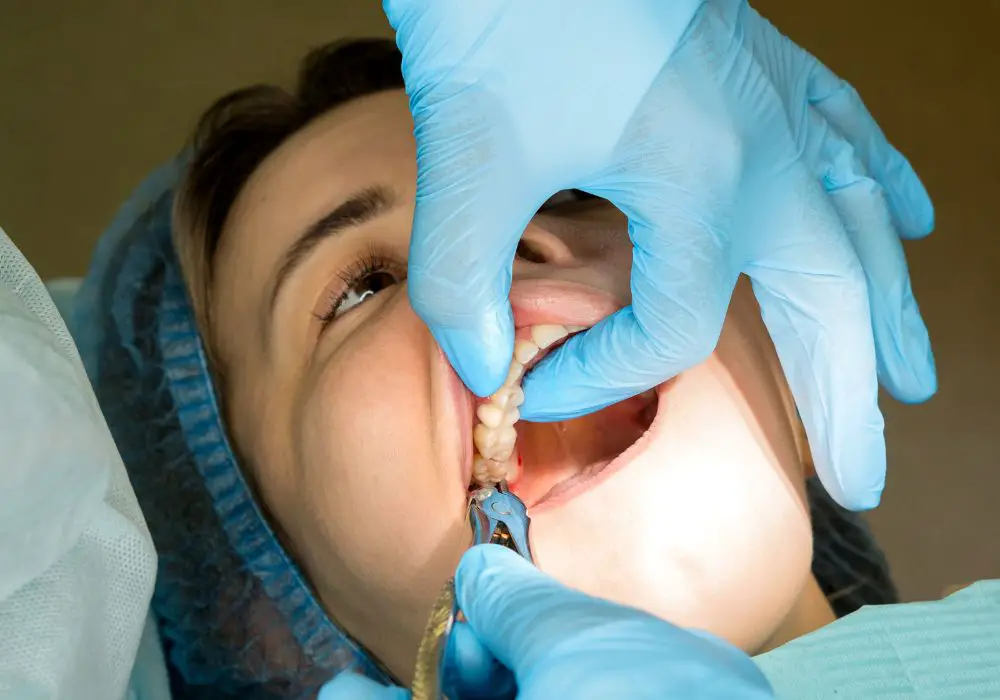
If you are experiencing pain or discomfort in your mouth due to your wisdom teeth, your dentist or oral surgeon may recommend wisdom teeth removal. This is a common dental procedure that involves the removal of one or more wisdom teeth, which are the four permanent adult teeth located at the back corners of your mouth on the top and bottom.
Why is it Done?
Wisdom teeth removal is typically done for one of two reasons: preventative or therapeutic. Preventative wisdom teeth removal is done before the teeth have a chance to cause problems, while therapeutic wisdom teeth removal is done to address existing problems.
Preventative wisdom teeth removal is often recommended because wisdom teeth can cause a number of issues, including:
- Crowding of other teeth
- Impacted teeth
- Gum disease
- Tooth decay
- Cysts or tumors
Therapeutic wisdom teeth removal is done to address existing problems, such as:
- Pain or discomfort
- Infection
- Damage to other teeth or structures in the mouth
The Procedure
Wisdom teeth removal is typically done under local anesthesia, which numbs the area around the teeth, or general anesthesia, which puts you to sleep during the procedure. The type of anesthesia used will depend on the number of teeth being removed, the complexity of the procedure, and your personal preference.
During the procedure, your dentist or oral surgeon will make an incision in the gum tissue and remove the tooth or teeth. If the tooth is impacted, they may need to remove some bone to access it. Once the tooth is removed, the incision will be closed with stitches.
After the procedure, you will need to follow some aftercare instructions to ensure proper healing. This may include eating soft foods for a period of time, avoiding smoking and drinking through a straw, and taking pain medication as prescribed.
It is important to follow your dentist or oral surgeon’s instructions carefully to ensure a smooth recovery and minimize the risk of complications.
Post-Procedure Care
After your wisdom teeth removal surgery, it is important to take proper care of your mouth to promote healing and avoid complications. Here are some tips to follow in the first 24 hours and first week after the procedure.
First 24 Hours
During the first 24 hours after surgery, it is important to rest and take it easy. Avoid any strenuous activity or exercise, as this can increase bleeding and delay healing. Instead, relax and keep your head elevated with pillows to reduce swelling.
You should also avoid drinking through a straw or smoking, as the suction can dislodge the blood clot that forms in the extraction site, leading to a painful condition called dry socket. Stick to soft foods and avoid hot, spicy, or acidic foods that can irritate the extraction site.
First Week
In the first week after surgery, you can start to gradually introduce more solid foods into your diet, but be sure to chew carefully and avoid any hard, crunchy, or sticky foods that can damage the healing tissue. You should also continue to avoid using a straw or smoking.
Rinse your mouth gently with warm salt water several times a day to keep the extraction site clean and promote healing. Be sure to follow any instructions provided by your dentist or oral surgeon regarding pain management, medications, and follow-up appointments.
By following these post-procedure care tips, you can help ensure a smooth and speedy recovery after your wisdom teeth removal surgery.
Transition to Solid Foods

After a wisdom teeth removal surgery, you will have to eat soft foods for a few days to avoid irritating the surgical site. However, you will eventually need to transition to solid foods. This section will provide you with some information on how to transition to solid foods after your surgery.
Signs of Readiness
Before transitioning to solid foods, it is important to make sure that you are ready. Here are some signs that you are ready to start eating solid foods:
- You can open your mouth wide enough to fit a spoon or fork inside.
- You can chew without pain or discomfort.
- You can swallow without difficulty.
- You no longer have any bleeding or swelling in your mouth.
If you experience any pain, discomfort, or bleeding while attempting to eat solid foods, it is best to wait a few more days before trying again.
Foods to Start With
When you are ready to start eating solid foods, it is important to choose foods that are easy to chew and swallow. Here are some foods that you can start with:
- Soft fruits, such as bananas, peaches, and melons
- Cooked vegetables, such as carrots, sweet potatoes, and green beans
- Soft grains, such as oatmeal, rice, and quinoa
- Soft meats, such as ground beef, chicken, and fish
It is important to avoid hard, crunchy, or sticky foods, as they can irritate the surgical site and cause pain or bleeding. Also, make sure to chew your food thoroughly and take small bites to avoid putting too much pressure on your mouth.
In summary, transitioning to solid foods after a wisdom teeth removal surgery requires patience and caution. Make sure to wait until you are ready and start with soft, easy-to-chew foods. If you experience any pain or discomfort, stop and wait a few more days before trying again.
Potential Complications
After wisdom teeth removal, there is a risk of experiencing complications. Some of the possible complications include:
Dry Socket
Dry socket is a painful condition that can occur after wisdom teeth removal. It happens when the blood clot that forms in the socket where the tooth was removed becomes dislodged or dissolves before the wound has healed. This can expose the bone and nerves, causing intense pain that can last for several days.
To prevent dry socket, you should avoid using straws, smoking, or spitting for at least 24 hours after the procedure. You should also follow your dentist’s instructions for rinsing and cleaning your mouth.
Infection
Infection is another potential complication of wisdom teeth removal. Signs of infection include fever, swelling, redness, and pus around the extraction site. If you experience any of these symptoms, you should contact your dentist or oral surgeon immediately.
To reduce the risk of infection, you should follow your dentist’s instructions for taking antibiotics and keeping the extraction site clean. You should also avoid touching the extraction site with your fingers or tongue.
If you experience any complications after wisdom teeth removal, it is important to contact your dentist or oral surgeon as soon as possible. They can provide you with the appropriate treatment to help you heal and recover.
Consulting Your Dentist
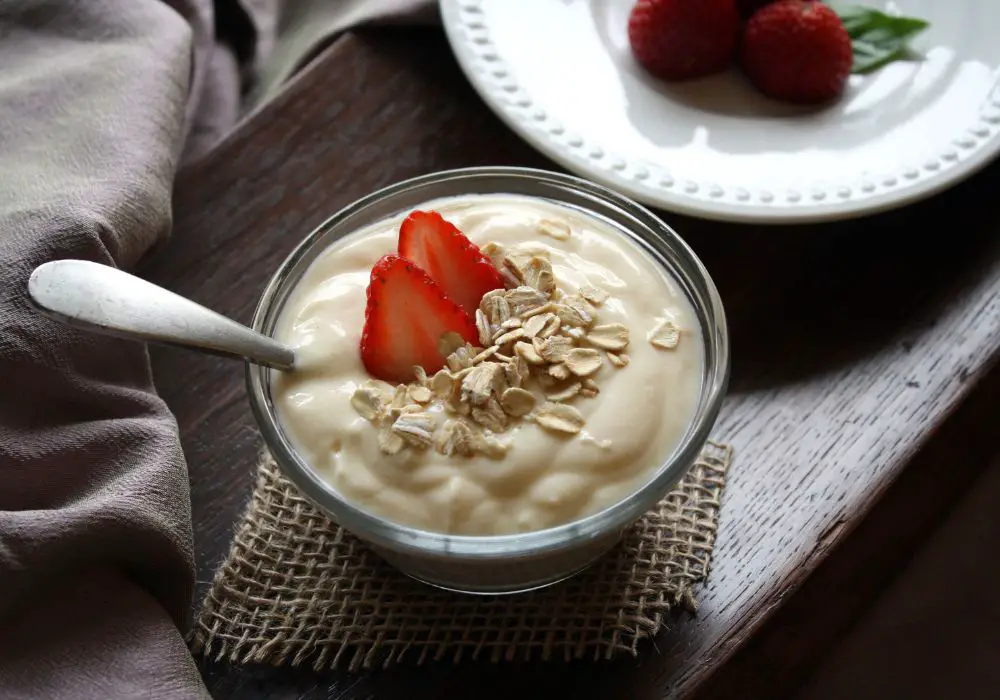
When it comes to your recovery after wisdom teeth removal, it’s important to stay in touch with your dentist. They can monitor your progress and ensure that everything is healing properly. Here are some things to keep in mind when consulting your dentist:
Follow-Up Appointments
After your wisdom teeth removal, your dentist will likely schedule a follow-up appointment to check on your progress. During this appointment, they will examine your mouth and ensure that everything is healing properly. They may also provide additional guidance on when you can start eating solid foods again.
It’s important to attend all of your follow-up appointments and to let your dentist know if you’re experiencing any unusual symptoms or pain. They can provide additional treatment or medication if necessary.
When to Seek Help
If you’re experiencing severe pain, bleeding, or other unusual symptoms, it’s important to seek help from your dentist as soon as possible. They can provide guidance on how to manage your symptoms and may need to provide additional treatment.
In general, if you’re experiencing any symptoms that are causing you concern, it’s always best to err on the side of caution and seek help from your dentist. They can provide the guidance and support you need to ensure a smooth recovery.
Remember, your dentist is there to help you through your recovery after wisdom teeth removal. Don’t hesitate to reach out to them if you have any questions or concerns.
Frequently Asked Questions
When can I eat solid food after wisdom teeth removal with stitches?
If you have stitches after wisdom teeth removal, you should wait at least 7 days before eating solid foods. Eating solid foods too soon can cause the stitches to come loose and delay the healing process.
What are some foods I can eat 7 days after wisdom teeth removal?
After 7 days, you can start to introduce more solid foods into your diet. Some good options include scrambled eggs, mashed potatoes, cooked vegetables, and soft fruits like bananas or avocados.
When can I eat bread after wisdom teeth removal?
You should wait at least 7 days before eating bread after wisdom teeth removal. Soft bread like white bread or sourdough may be easier to eat than crusty or grainy bread.
What are 25 soft foods to eat after wisdom teeth removal?
Here are 25 soft foods you can eat after wisdom teeth removal: yogurt, smoothies, pudding, applesauce, mashed potatoes, scrambled eggs, oatmeal, soup, pureed vegetables, hummus, guacamole, cottage cheese, mac and cheese, rice, quinoa, tofu, soft cheeses, smoothie bowls, protein shakes, ice cream, sorbet, mashed avocado, soft fruits like bananas or peaches, canned fruit, and cooked vegetables.
When can I eat chicken after tooth extraction?
You should wait at least 7 days before eating chicken after tooth extraction. Make sure the chicken is soft and fully cooked to avoid any discomfort or complications.
What are some soft foods to eat after wisdom teeth removal?
Some good soft foods to eat after wisdom teeth removal include smoothies, yogurt, mashed potatoes, oatmeal, scrambled eggs, soup, pureed vegetables, hummus, guacamole, cottage cheese, mac and cheese, rice, quinoa, tofu, soft cheeses, and cooked vegetables.

